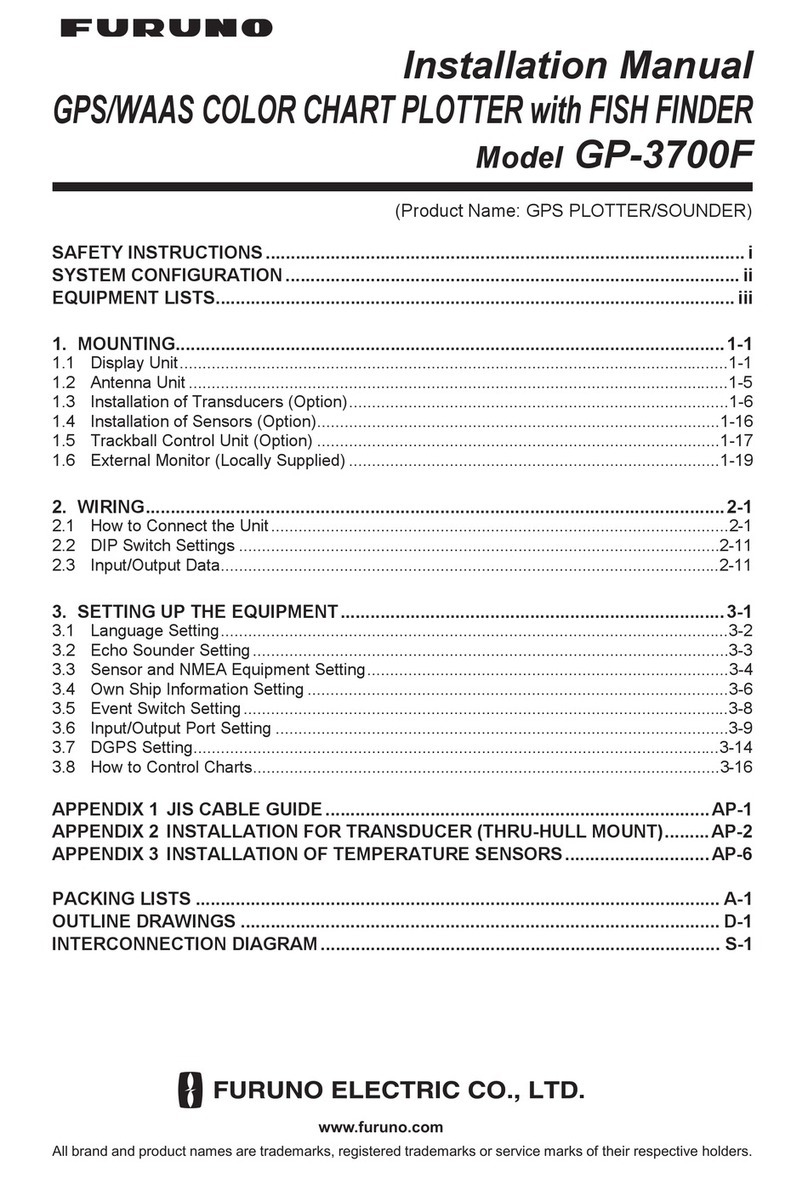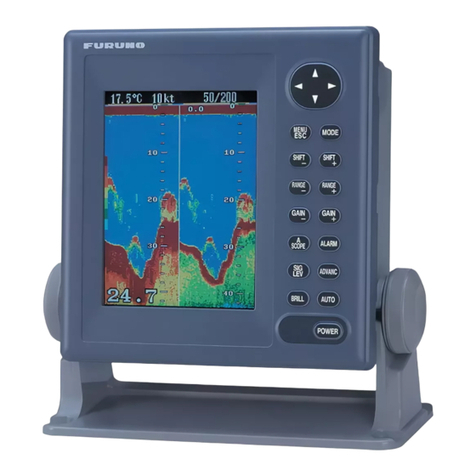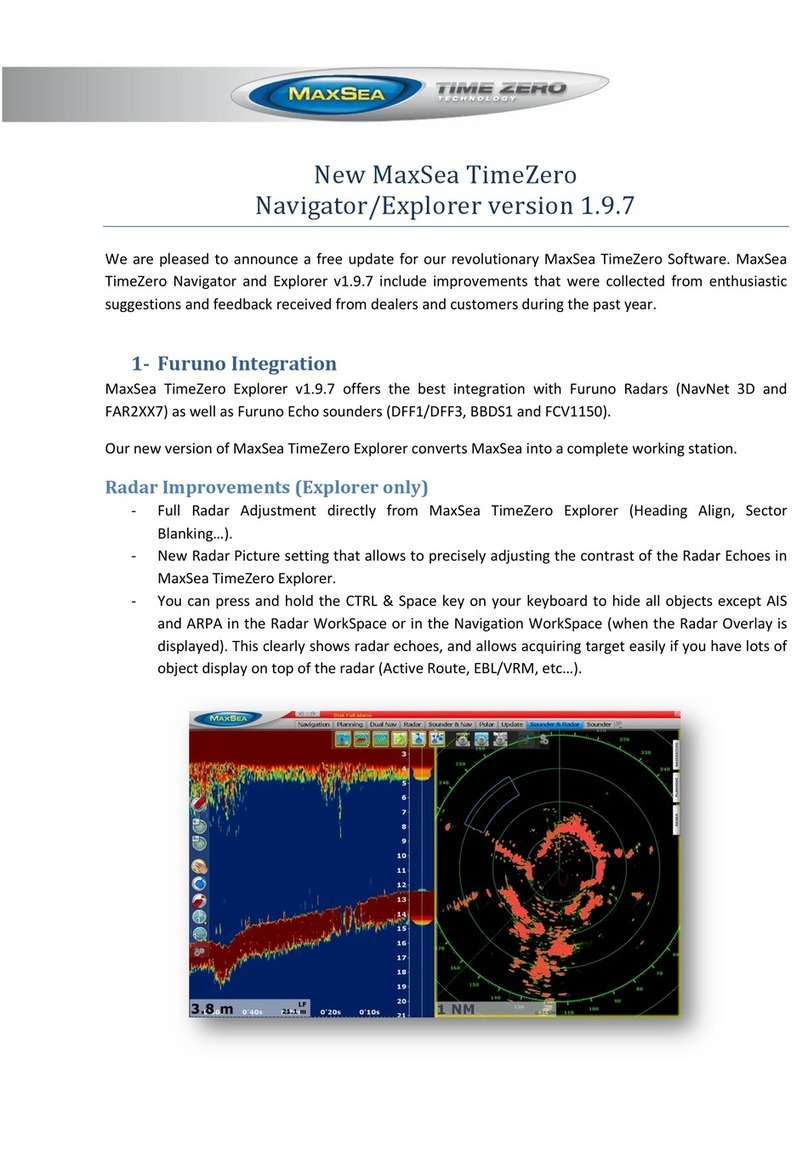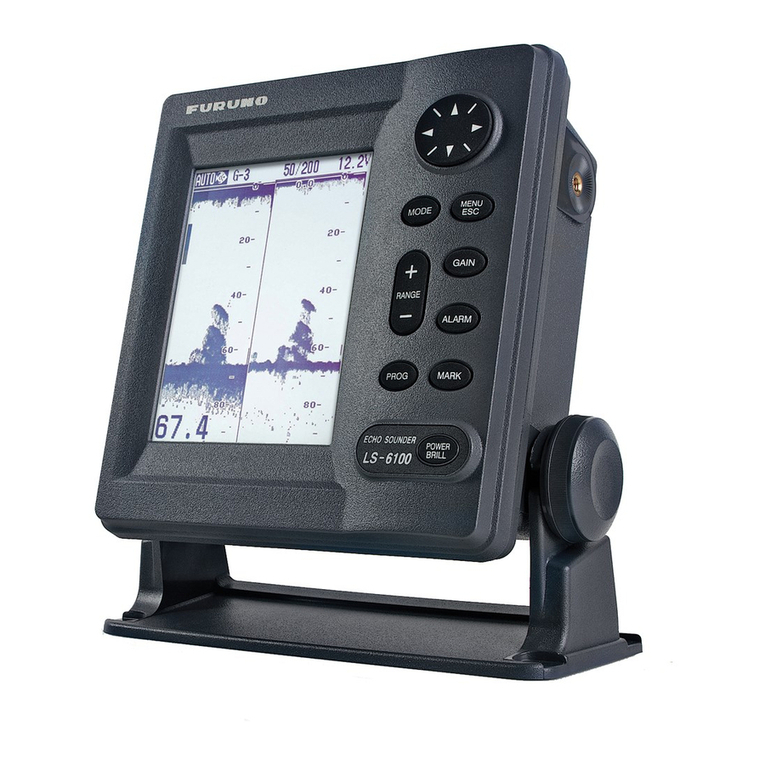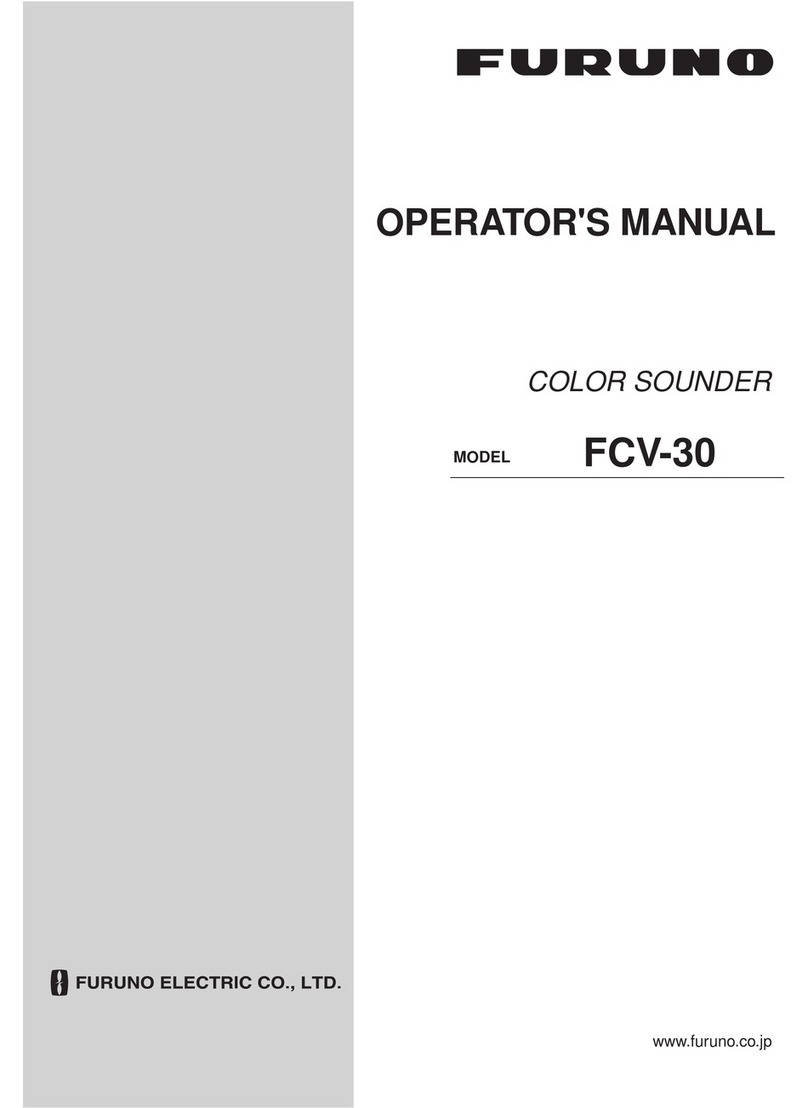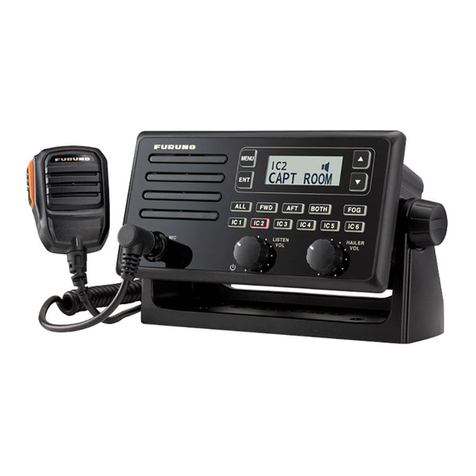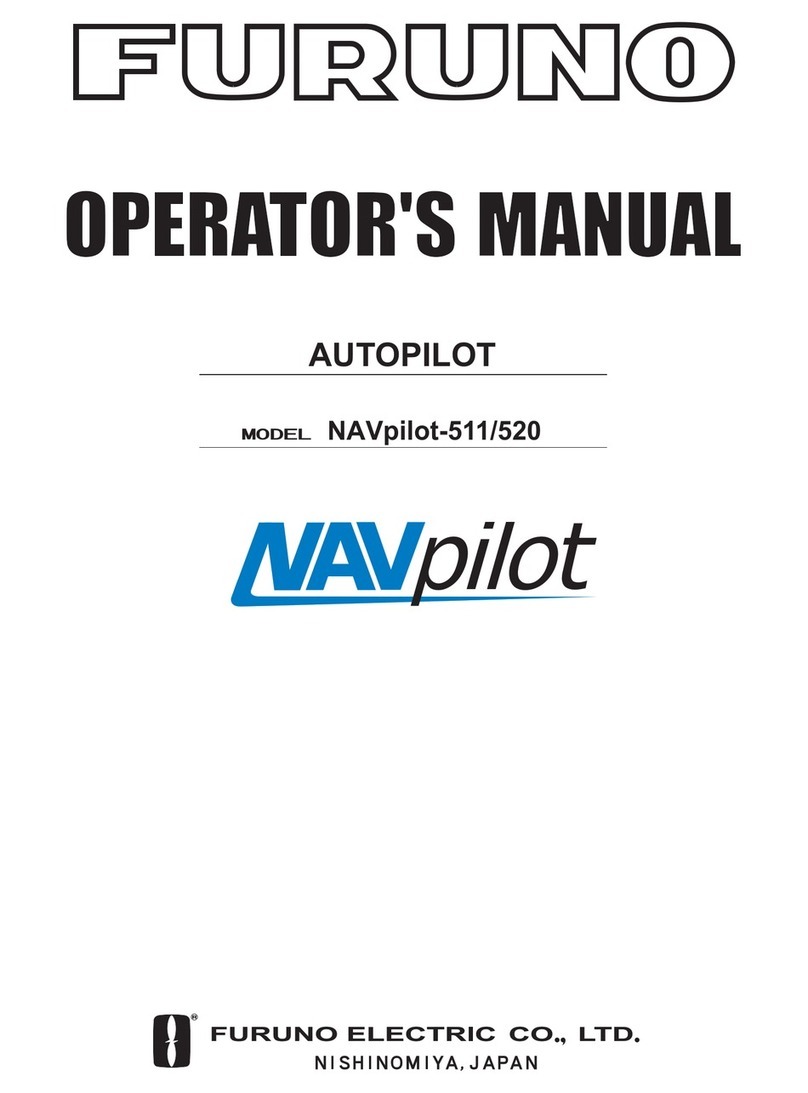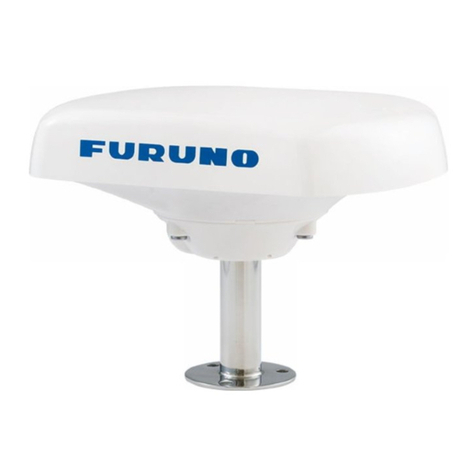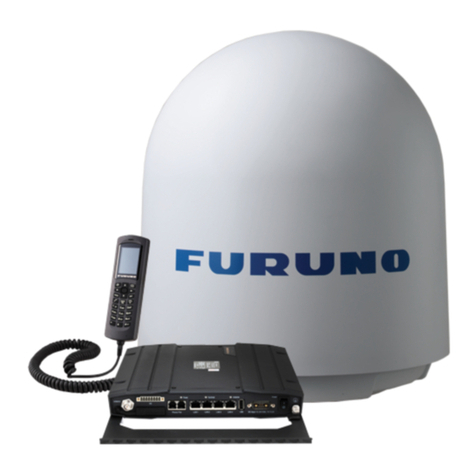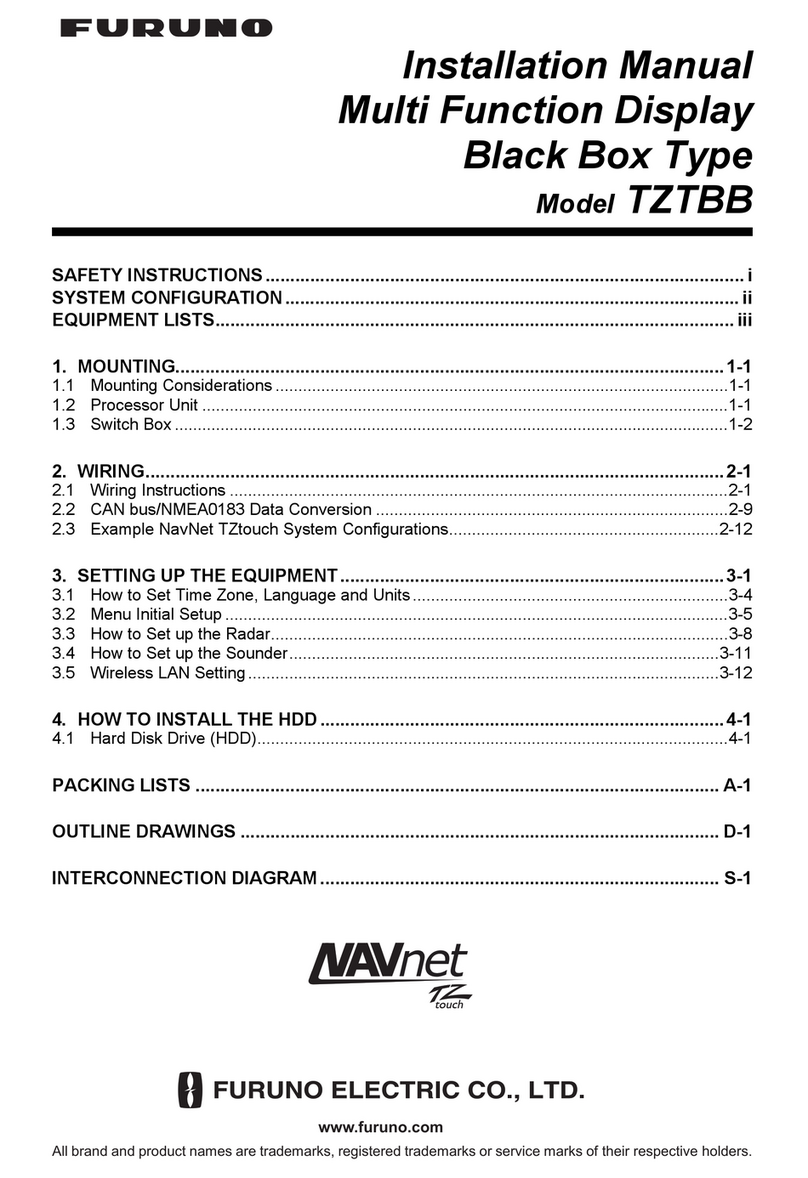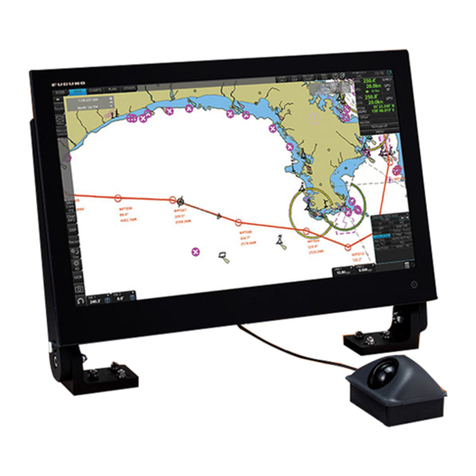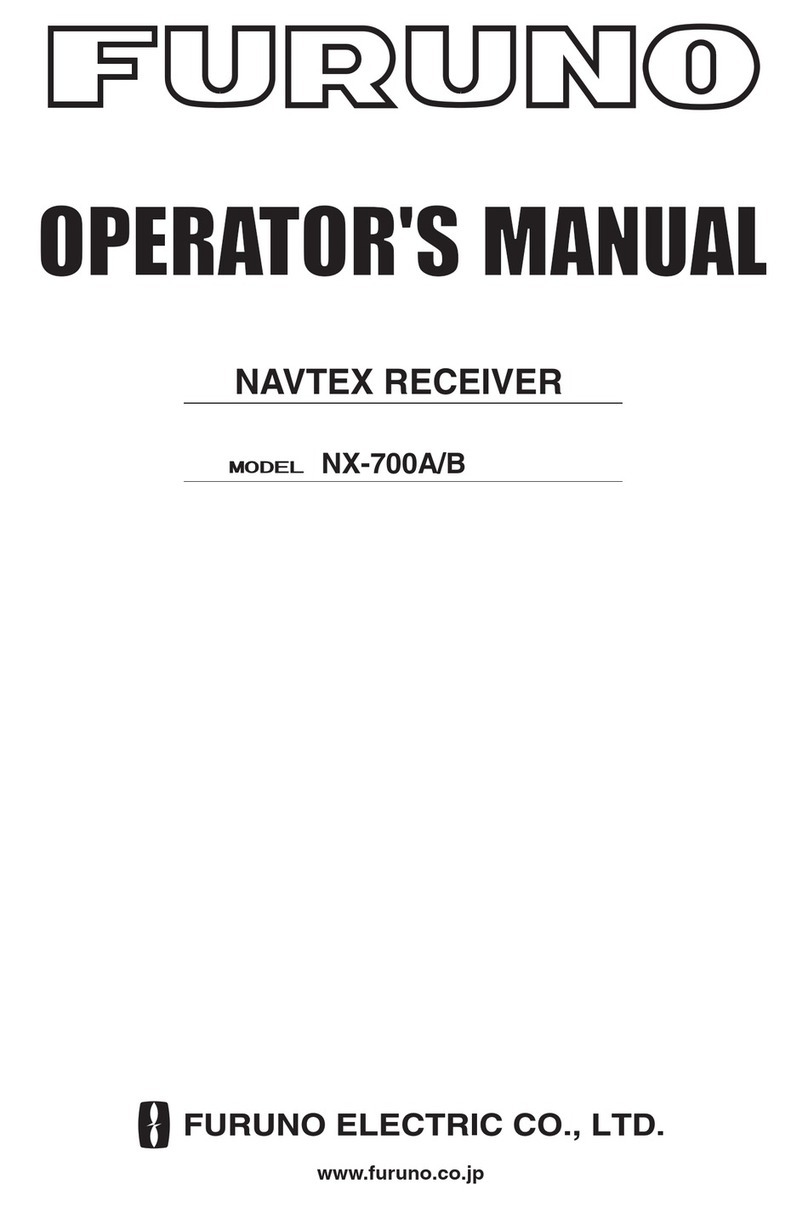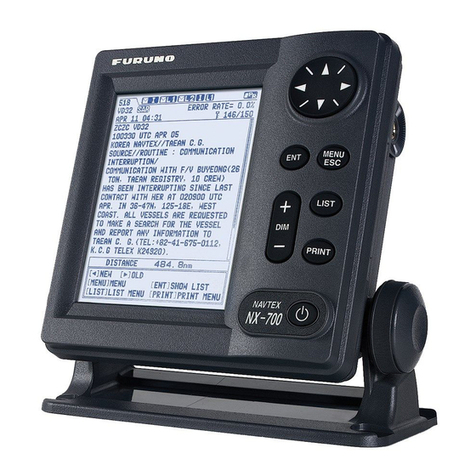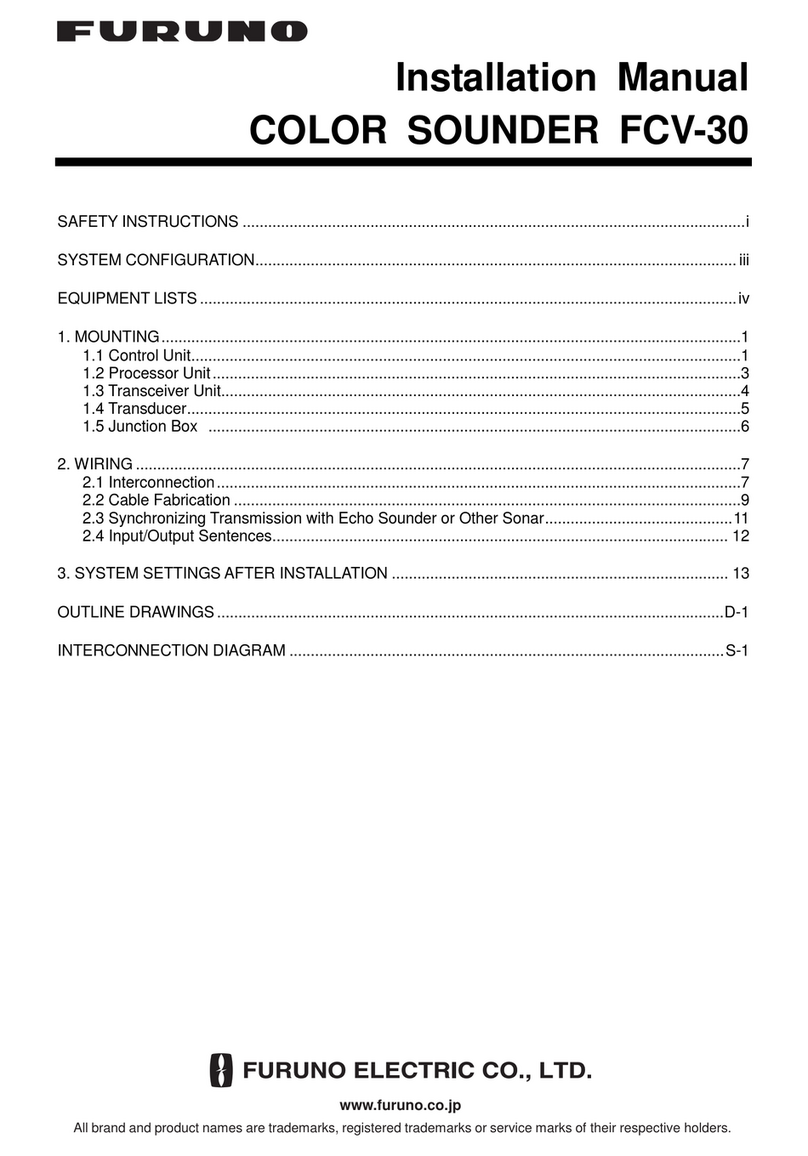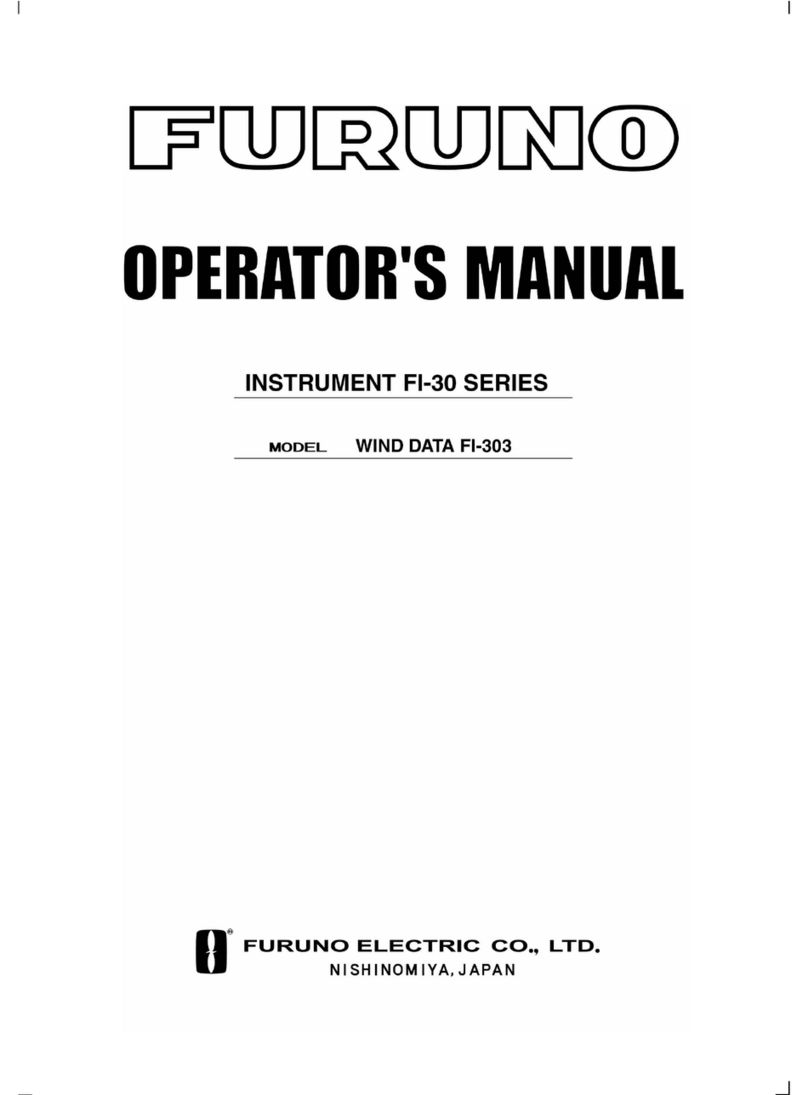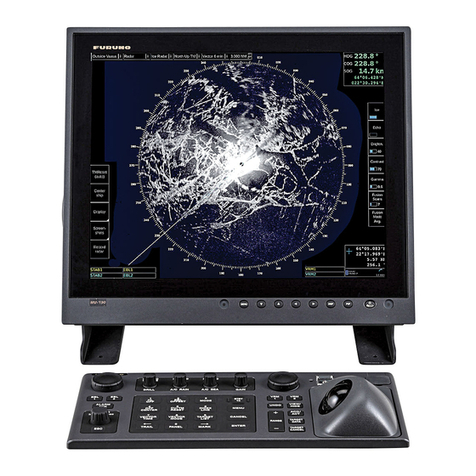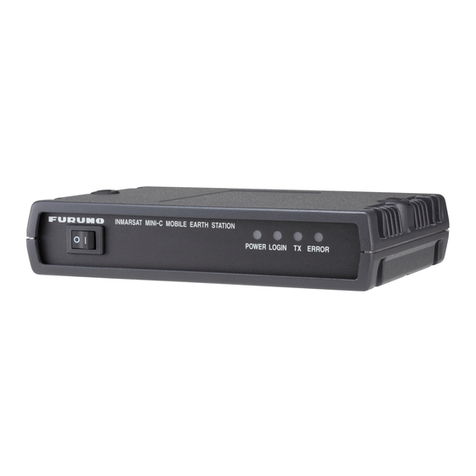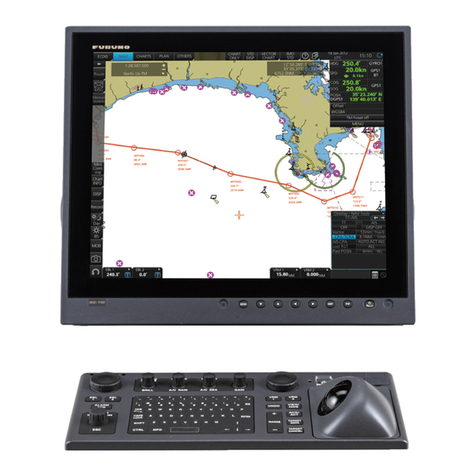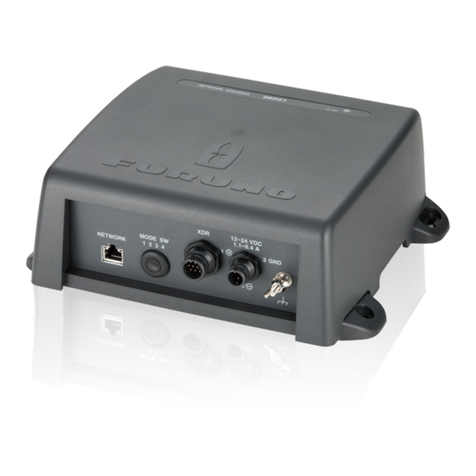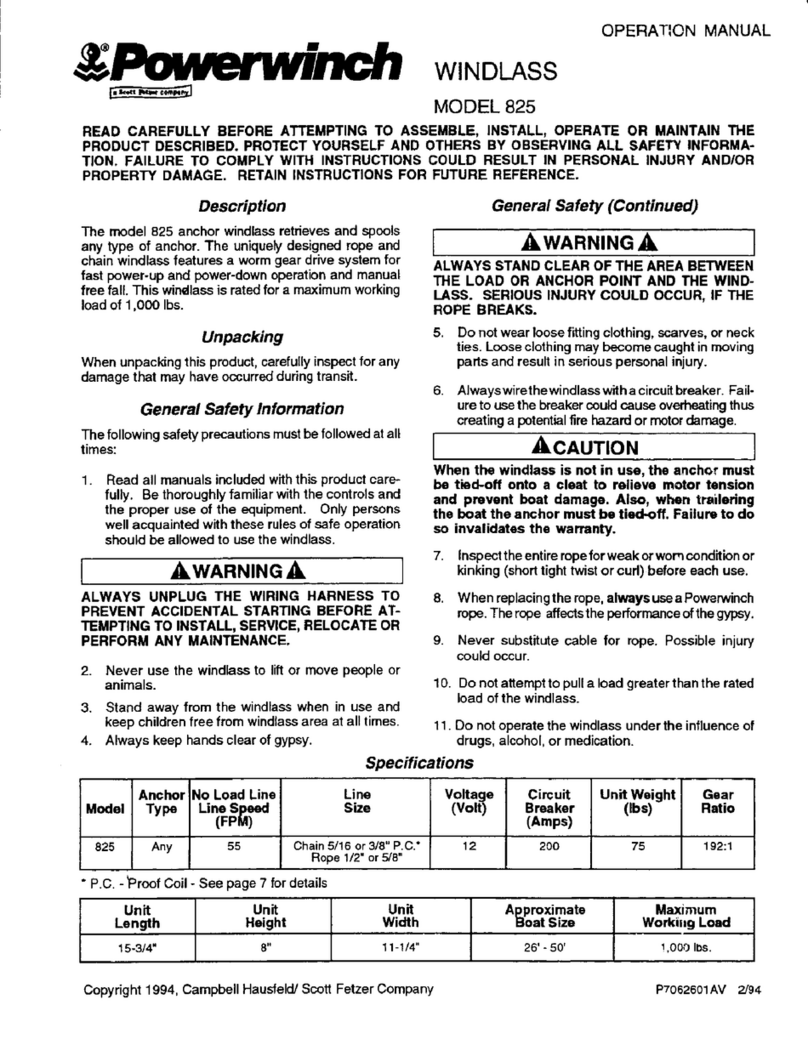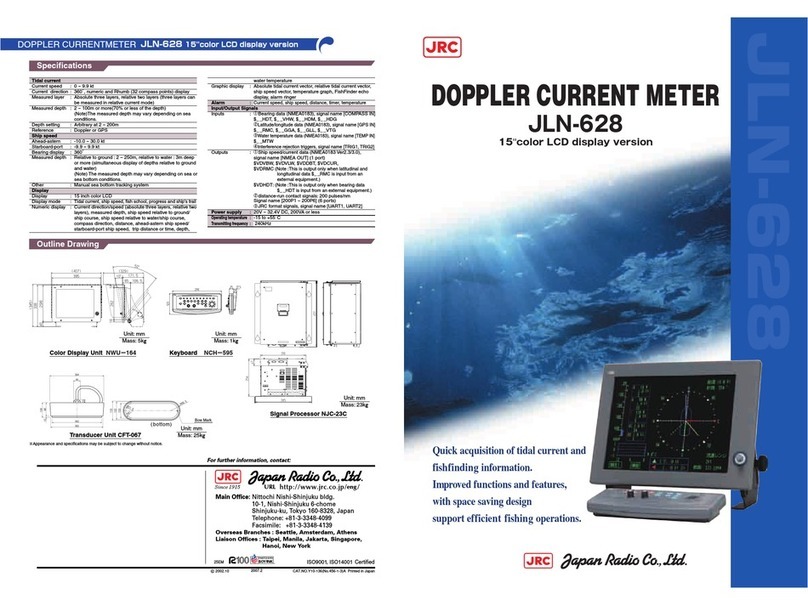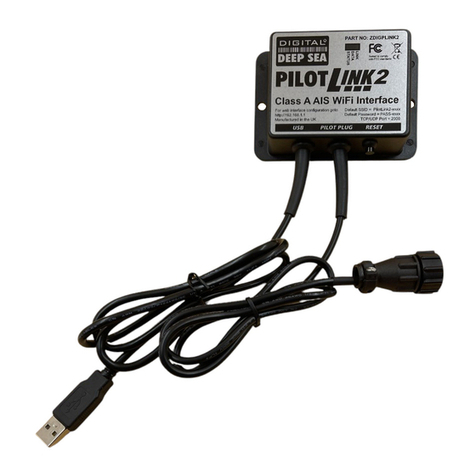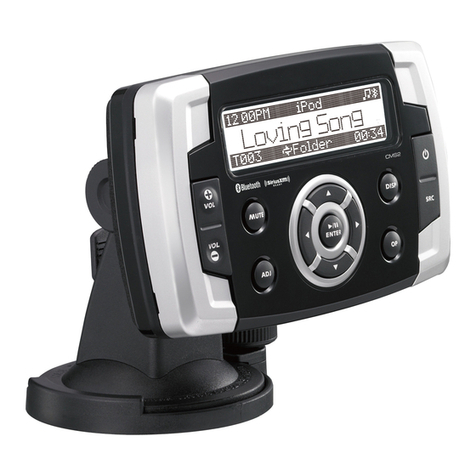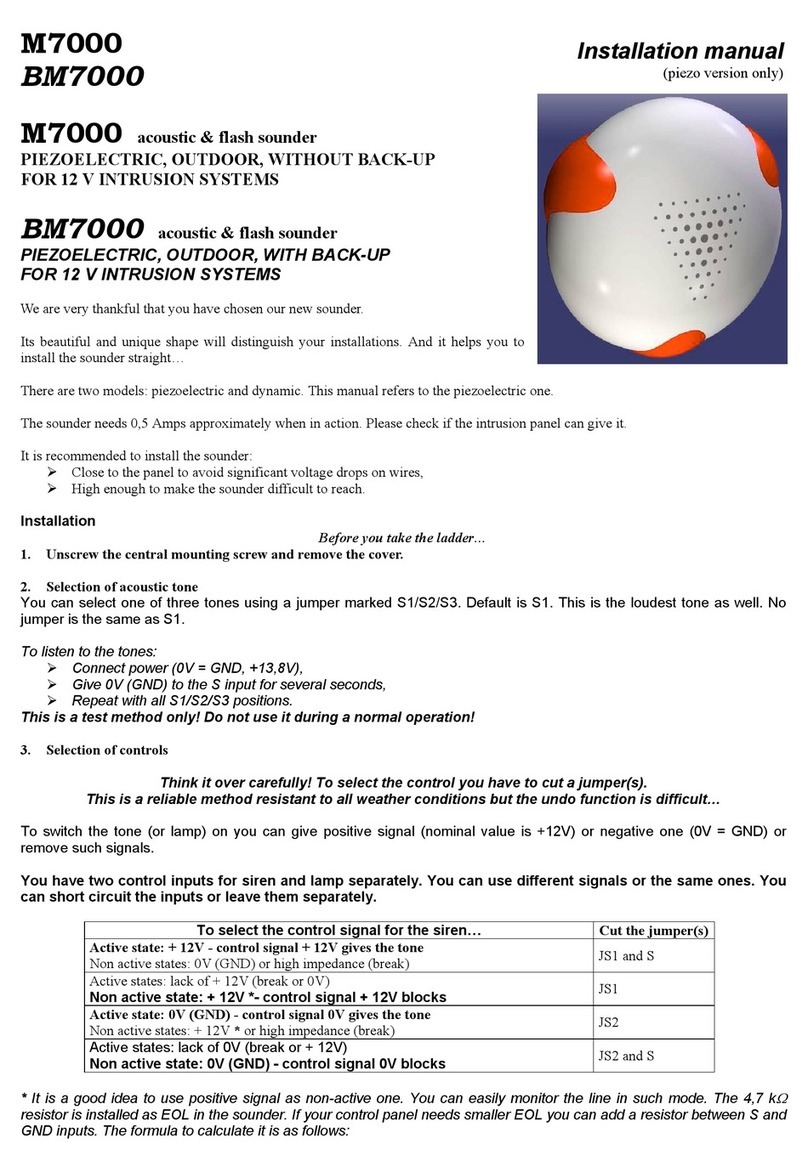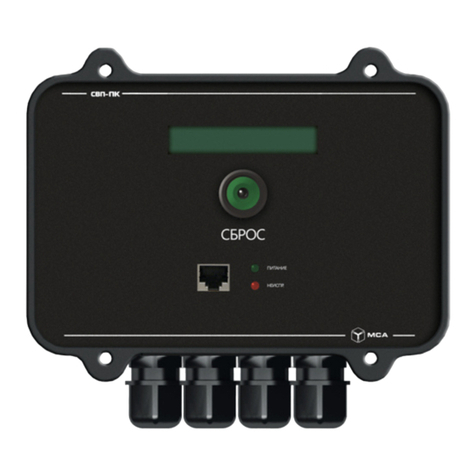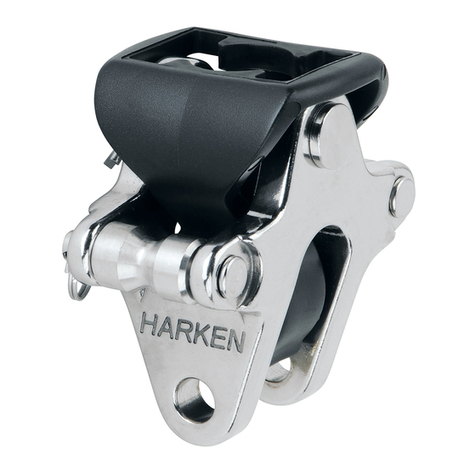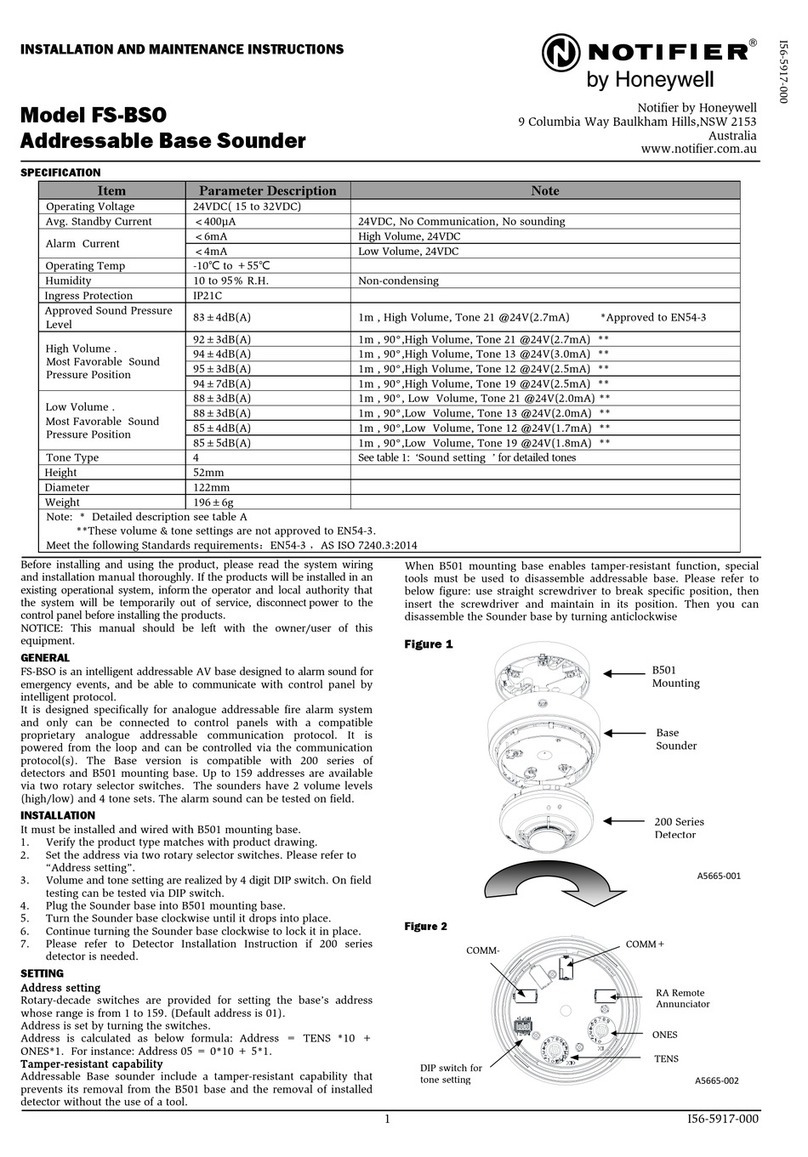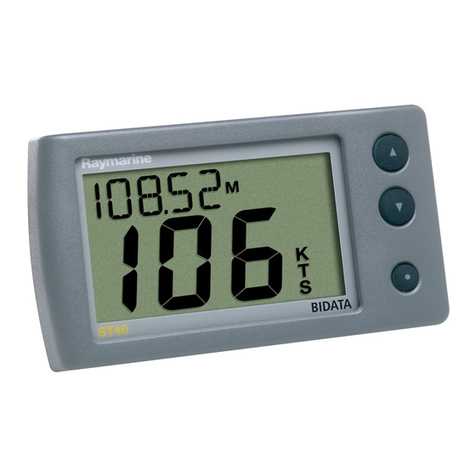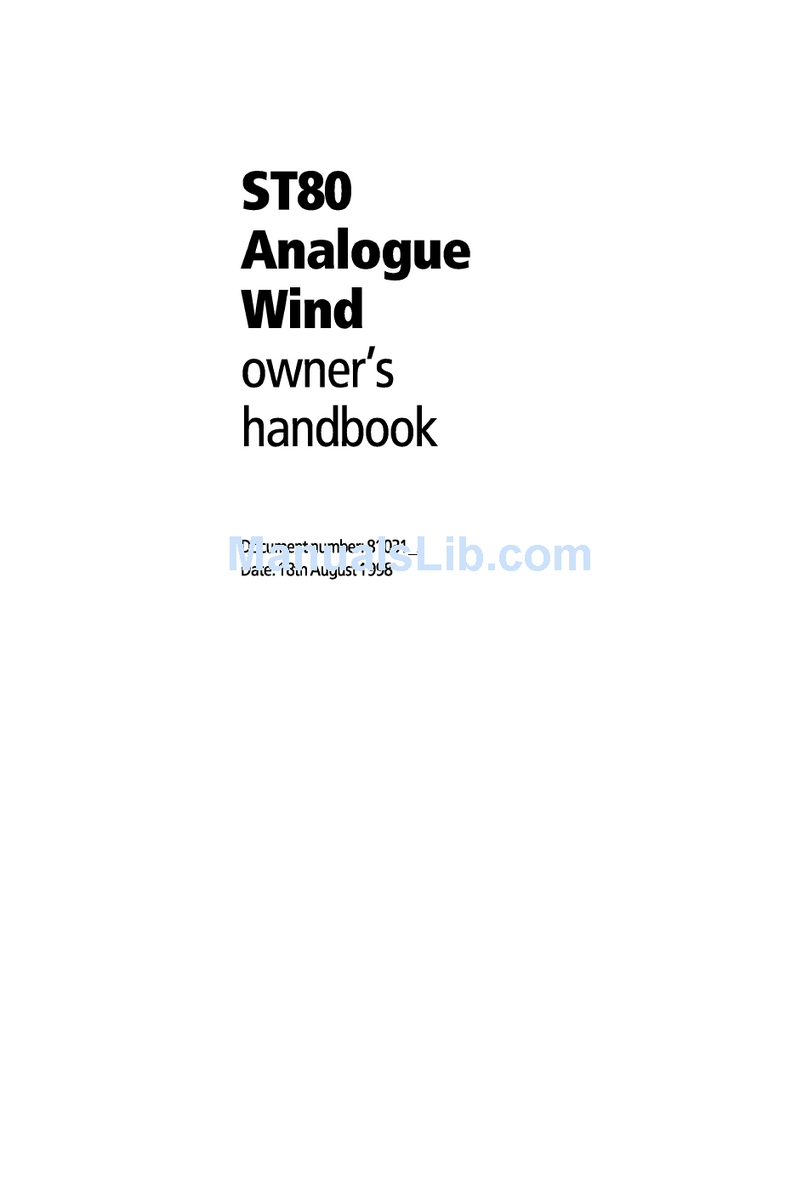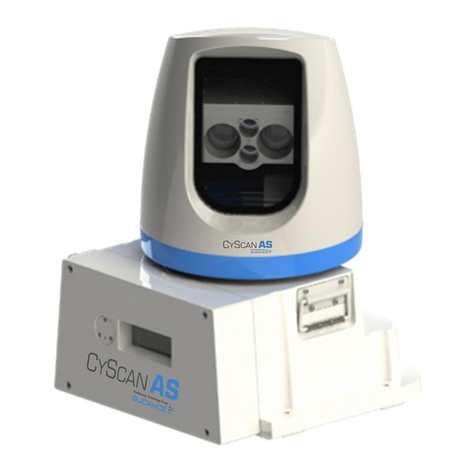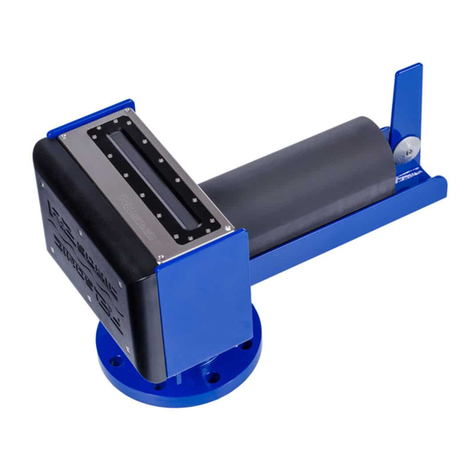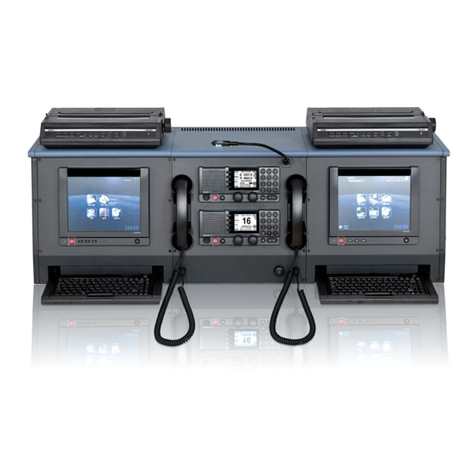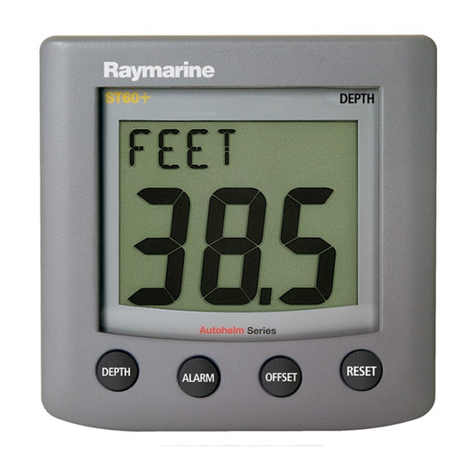ii
TABLE OF CONTENTS
INTRODUCTION ................................................ iii
PRINCIPLE OF OPERATION.............................. v
SYSTEM CONFIGURATION .............................. vi
1. CONTROLS, INDICATIONS........................ 1-1
1.1 Control Description ............................. 1-1
1.2 Indications .......................................... 1-2
2. BASIC OPERATION.................................... 2-1
2.1 Turning the Power On/Off ................... 2-1
2.2 Adjusting Brilliance.............................. 2-1
2.3 Display Mode Selection, Description ... 2-1
2.4 Adjusting Gain .................................... 2-6
2.5 Automatic Operation ........................... 2-6
2.6 Selecting Picture Advance Speed ....... 2-7
2.7 Display Range Selection ..................... 2-7
2.8 Erasing Weak Echoes......................... 2-8
2.9 Measuring Depth to a Fish School....... 2-9
2.10 A-scope Display .................................. 2-9
2.11 Menu Operation ................................ 2-10
2.12 Suppressing Interference .................. 2-13
2.13 Suppressing Low Level Noise ........... 2-13
2.14 Selecting Background
and Echo Colors ............................... 2-14
2.15 Alarms .............................................. 2-14
2.16 White Marker .................................... 2-16
2.17 Demonstration Picture....................... 2-16
2.18 Correcting Speed/Water Temperature
Readout ............................................ 2-17
3. INTERPRETING THE DISPLAY................... 3-1
3.1 Zero Line ............................................ 3-1
3.2 Fish School Echoes ............................ 3-1
3.3 Bottom Echo ....................................... 3-1
3.4 Surface Noise/Aeration ....................... 3-2
4. MAINTENANCE, TROUBLESHOOTING ..... 4-1
4.1 Maintenance ....................................... 4-1
4.2 Basic Troubleshooting ......................... 4-3
4.3 Diagnostics ......................................... 4-4
4.4 Transducer Check ............................... 4-5
4.5 Speed/Water Temperature
Sensor (option) Check.........................4-5
4.6 Restoring Default Settings................... 4-5
MENU TREE ................................................... A-1
SPECIFICATIONS ......................................... SP-1
INDEX
